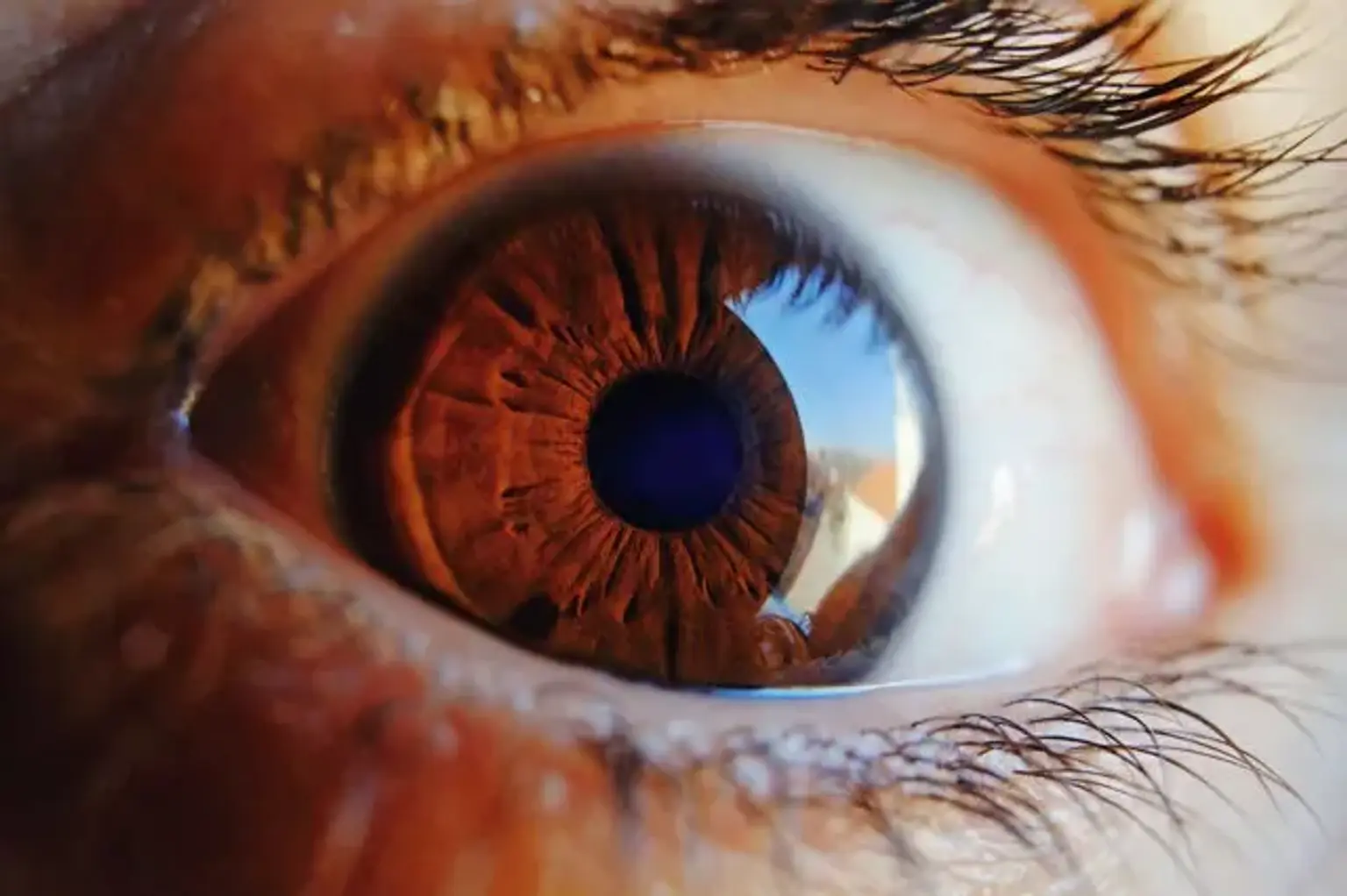Retinal disease
Overview
Any component of the retina might be damaged by retinal disorders. Untreated retinal illnesses can result in significant vision loss and, in extreme cases, blindness. Some retinal illnesses can be treated if detected early, while others can be managed or delayed to maintain or even recover eyesight.
